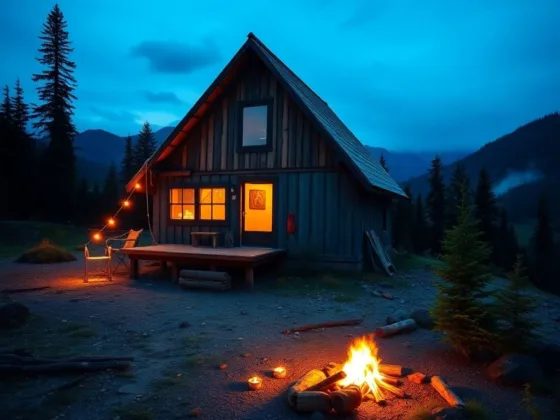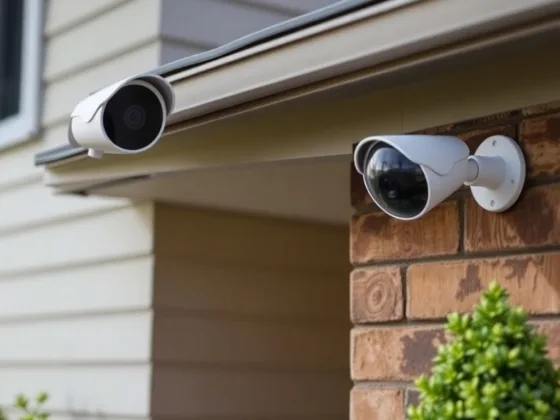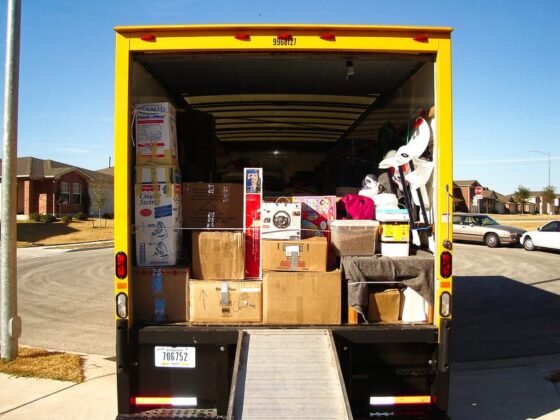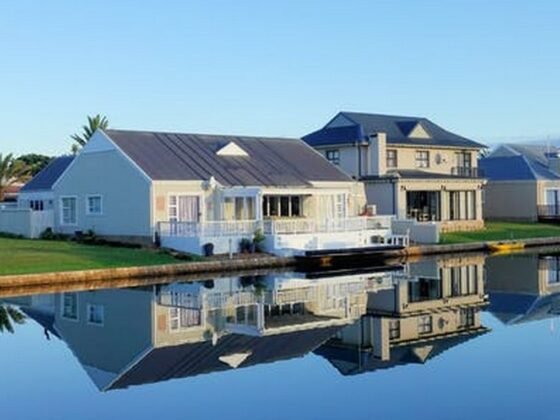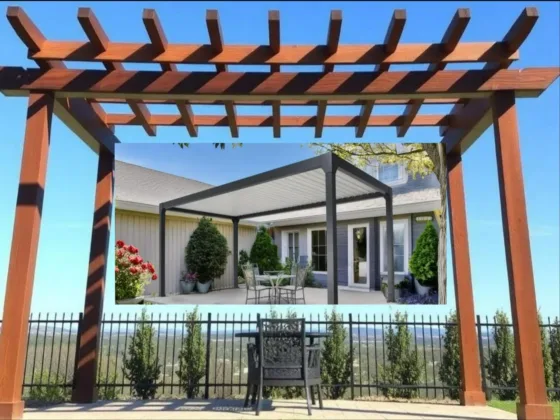If you have ever worked on a construction site during cold weather, you know that portable heater rentals for construction are a must. There are two primary reasons for this. The most obvious purpose of bringing heat to a job site is for employee comfort.
When it is bitter cold and you are working at a location that doesn’t have a heating system, you must provide portable heaters to increase employee productivity and safety.
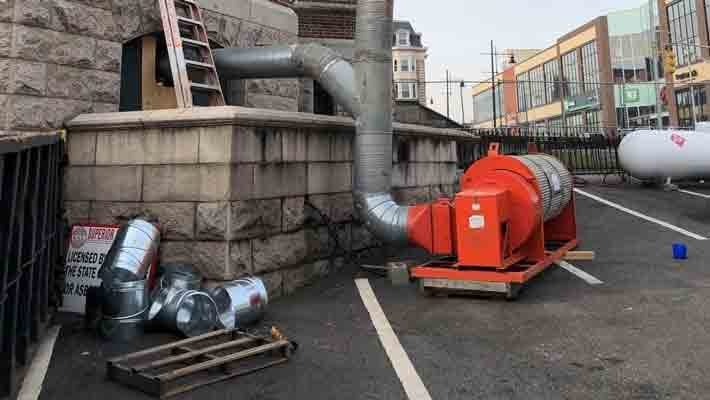
The second reason to set up heating units at a construction site is to prevent water pipes from freezing. Modern construction work involves erecting the actual structure, as well as installing electrical systems and plumbing.
If the building doesn’t have a working furnace or boiler when the plumbing is put in, the pipes can freeze and burst, which holds up construction and increases costs due to the necessary repairs.
Portable heaters are a crucial piece of equipment for construction sites regardless of the job type. However, not just any portable heater will do. Consider the following information before investing in portable heater rentals.
Read Also:
- Chill in the Basement? Check Out Some Basement Heating Tips
- Types of Construction Injuries and What You Need to do if Injured
- How to Choose the Best Heater for Your Construction Project
- Infrared Space Heater vs. Oil Heater – Which One is the Best?
- 9 Ways to Improve Worker Efficiency on Construction Sites
- 10 Helpful Tips Regarding Commercial Construction
- Hiring a Heater for the Winter – A Gem of an Idea!
- Popular Types of Heaters for Home Use
What Types of Portable Heaters Are Available?
When looking for a reliable portable heating option for construction sites, be sure to do your research. Temporary heater rentals should be both durable and financially beneficial.
The best temporary construction heater rentals provide heat while keeping carbon dioxide emissions low by heating fresh outside air and distributing it throughout the site.
You should also look for a heater that uses a positive pressure system, which keeps the air cleaner by reducing the number of airborne contaminants that get distributed into the space.
A few of the most common types of temporary heaters available include:
- Steam/Hot Water/Indirect Fired Heaters
If you are looking to save on fuel costs, this type of heater is a great choice. They are typically able to heat up to 2.5 million cubic feet.
- Liquid Propane
Liquid propane heaters are a popular option, as they don’t require extensive piping or vaporizing.
They are also more economical than many traditional systems, as they avoid costly fuel waste that is often caused by vaporizers.
These heaters are also effective for up to 2.5 million cubic feet of space.
- Propane Gas
Propane gas heaters are commonly used in mobile scenarios. Some models are capable of producing up to 990,000 British thermal units (BTU), which can heat a space of up to 500,000 cubic feet in size.
- Natural Gas
If you’re looking for a fuel-efficient option, temporary natural gas heaters are an excellent choice.
They are typically available in both high-pressure and low-pressure models, so you can choose the best option to fit your site’s specific needs.
The best natural gas heaters can keep spaces of up to 2.5 million cubic feet warm.
How Temporary Heaters Operate
Propane and natural gas heaters can both be used as indirect heaters. This means that the fire is contained in a burn chamber.
Cool air is heated as it passes over a heat exchanger, which produces the warm air that heats your space.
Direct heaters, on the other hand, are powerful heat sources that convert every bit of fuel into warmth. These products are often more dangerous, as they contain a direct flame that can cause a fire.
Indirect heaters should always be inspected and properly maintained by a professional.
When they are installed, it is important to use caution and make sure that the flue stacks are located in a place that doesn’t allow fumes to enter the building or create any danger of igniting combustibles.
Jersey barricades or bollards must be used during installation to ensure that the fuel tanks are secured, and the units should always be placed outside the building on stable ground.
Portable electric construction heaters use a ceramic disc or filament to create heat that is later dispersed throughout the room by a fan.
These products are typically only used to heat small spaces, which means they aren’t always an ideal choice for large construction sites.
And while they are a good option for employee safety, they can be inconvenient, as they require an electrical hookup.
If you opt for an electric heating unit for a smaller job, be sure to keep it in an area that is far from any combustible materials.
The heating unit should also be placed in a dry location away from high-traffic areas where it could be knocked down by a worker.
One other factor you should keep in mind is that electrical heating units must always be used with ground fault protection and an electrical circuit that is rated for the unit’s size.
How Does a Temporary Heater Rental Work?
Whether you are searching for outdoor temporary heater rentals or high-performance construction heaters, finding the best heating equipment for both comfort and safety is important.
Therefore, it’s crucial to work with a business that not only offers rentals for temporary construction equipment but can provide thorough maintenance, too.
A reputable company will handle all of the necessary inspections, repairs, and emergency services once the unit is installed.
In addition to your indoor and outdoor heater rentals, consider leasing other construction equipment that can work in tandem with your heater to enhance safety and efficiency at your site.
For example, an industrial air mover can improve ventilation within buildings, expel fumes, and remove dust from the air.
The best equipment for your site will depend on a number of factors, so it’s best to discuss your specifications and job site with an expert who can help you select the perfect model for your needs.
No matter the size, scope, or specifics of your construction job, keeping your team safe is of paramount importance.
Inefficient or even low standard equipment options can be frustrating at best and dangerous at worst. Before selecting your rental, consider your site, your crew, and the time of year, then search for the best options that also fit your budget.



